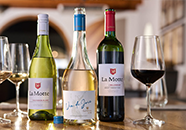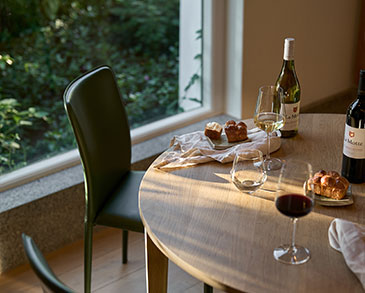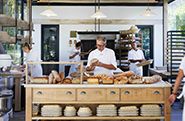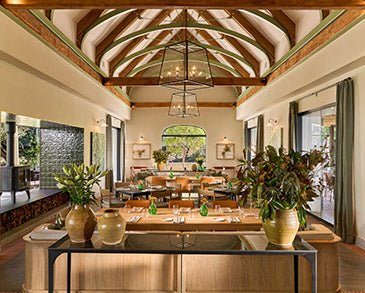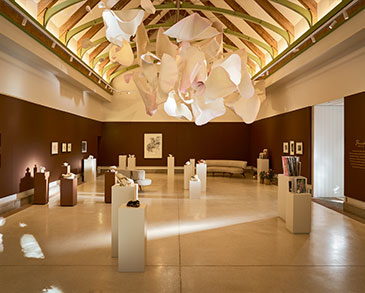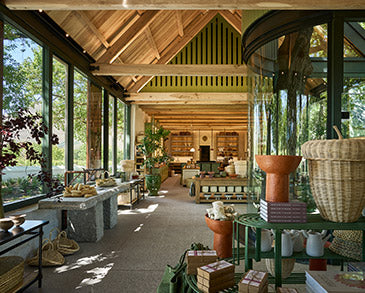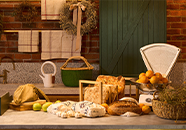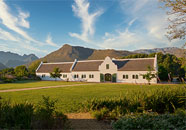
Grapes for the wine originate from vineyards in the Walker Bay, Villiersdorp, Franschhoek and Paarl areas.
The season started with a good winter, with high water levels in the soil and in dams. This resulted in good budding, approximately two weeks later than normal. In some areas, wind caused damage during November. The highest average December temperature in 48 years was recorded – no serious damage was caused though. Closer to harvest-time, night temperatures were noticeably lower, which probably contributed to high natural acids, promoting quality. On 9 February harvesting was interrupted by rain, but without serious effects. Wines are fullbodied, with good intensity and high natural acids.
Each vineyard grows in its own macro climate in a wide variety of soil types. Several clones are represented. All the vineyards are trellised according to the Perold system and managed to maintain a perfect balance between leaf coverage and yield. Thanks to the different terroirs, each region produces its own distinctive grapes, so grapes from each region make a unique contribution to flavour and structure.
Grapes for the wine consist of Merlot (57%), Cabernet Franc (24%), Malbec (9%), Petit Verdot (7%) and Cabernet Sauvignon (3%). Before and after de-stalking, all the grapes were hand-sorted. The de-stalked berries were inoculated with yeast immediately. Fermentation was at between 25 and 30 degrees Celsius while the wine was pumped over. After fermentation the wine was left on the lees for a further 20 days in order to enhance extraction and body. Malolactic fermentation was partly in barrels.
The nose of this wine tells the story of how it was made. Raspberry (Merlot), a slight herbaciousness (Cabernet Franc) and English toffee (oak) combine in a harmonious way. Malbec and Petit Verdot provide colour and spice. The palate is juicy and rich and leaves a lingering dry fresh finish.
Alcohol 13,76vol
Residual sugar 2.4 g/l
Total acid 5,8 g/l
pH 3,48

